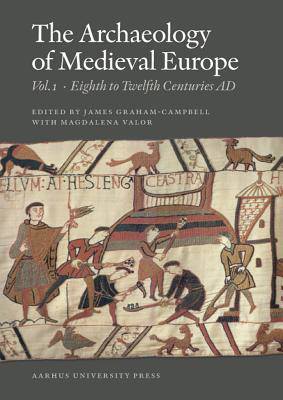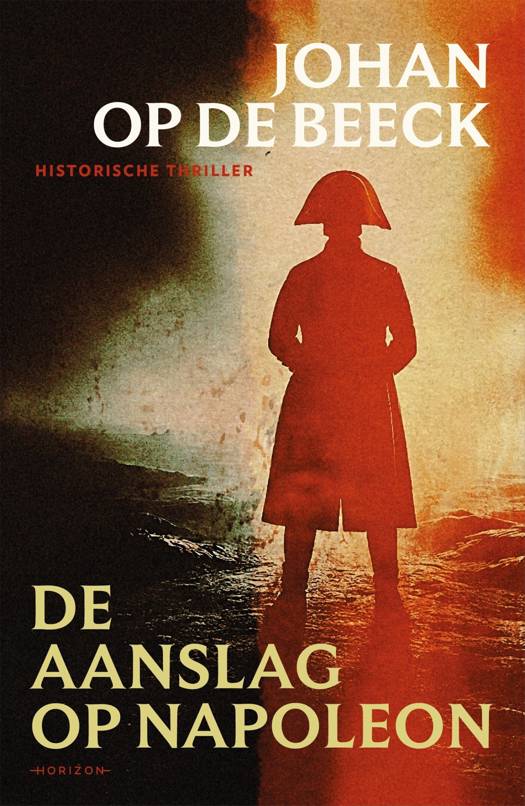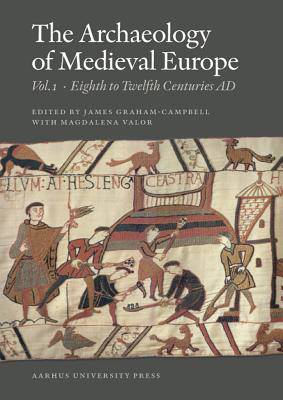
- Afhalen na 1 uur in een winkel met voorraad
- Gratis thuislevering in België vanaf € 30
- Ruim aanbod met 7 miljoen producten
- Afhalen na 1 uur in een winkel met voorraad
- Gratis thuislevering in België vanaf € 30
- Ruim aanbod met 7 miljoen producten
Zoeken
The Archaeology of Medieval Europe
Volume 1, Eighth to Twelfth Centuries Ad and Volume 2, Twelfth to Sixteenth Centuries
€ 183,45
+ 366 punten
Omschrijving
The two volumes of The Archaeology of Medieval Europe together comprise the first complete account of Medieval Archaeology across the continent. This ground-breaking set will enable readers to track the development of different cultures and regions over the 800 years that formed the Europe we have today. In addition to revealing the process of Europeanisation, within its shared intellectual and technical inheritance, the complete work provides an opportunity for demonstrating the differences that were inevitably present across the continent - from Iceland to Sicily and Portugal to Finland. Forty-one archaeologists from fifteen countries collaborated to produce Volume 1, which was published in 2007 and presented the period from the eighth to the twelfth century. Sixty-six archaeologists from eighteen countries have got together to create Volume 2, which surveys the scene from the twelfth to the sixteenth centuries. In this second volume, the same broad scheme is followed. After introducing the method and theory of Medieval Archaeology, the focus is on Habitat (environment, rural life, housing and portable artefacts), followed by Power, where war, manufacture, trade and towns are the subjects for discussion. A third theme is the study of Spirituality, an often overwhelming force in medieval life, which archaeologists encounter in landscape, buildings and burial practice. As well as the expected emphasis on Christian Catholic practice, there are major sections showing the importance of Judaism and the Islamic presence in later Medieval Europe. Each volume is comprehensively illustrated throughout in colour and monochrome, with line drawings, tables and maps designed to guide the reader. The book is intended to show what archaeology can do, not only for the archaeologist, but for the historian, the art historian, the environmentalist, the zoologist and the general scientist - in fact, all those scholars, students and general readers, for whom the Middle Ages is a fundamental element in the foundations of modern Europe.
Specificaties
Betrokkenen
- Uitgeverij:
Inhoud
- Aantal bladzijden:
- 1084
- Taal:
- Engels
- Reeks:
Eigenschappen
- Productcode (EAN):
- 9788771240177
- Verschijningsdatum:
- 31/12/2011
- Uitvoering:
- Paperback
- Formaat:
- Trade paperback (VS)
- Afmetingen:
- 178 mm x 241 mm
- Gewicht:
- 2676 g

Alleen bij Standaard Boekhandel
+ 366 punten op je klantenkaart van Standaard Boekhandel
Beoordelingen
We publiceren alleen reviews die voldoen aan de voorwaarden voor reviews. Bekijk onze voorwaarden voor reviews.










